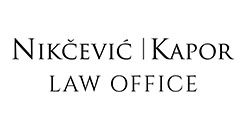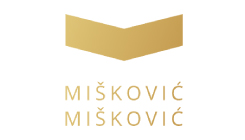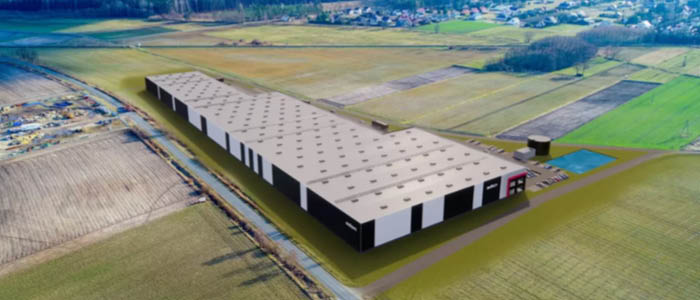It is no secret that Montenegro is a country heavily oriented towards tourism, and its macro-economic activity is primarily based on services related to hotels, restaurants, and other similar tourist facilities. Generally speaking, one of the main characteristics of the tourism industry is expressed in its seasonal nature.
This aspect is particularly relevant for Montenegro, a country that – despite owning a couple of winter/skiing resorts as well – has a much stronger emphasis on its seaside and summer season which, due to its higher level of development, also has greater labor force needs. Being currently in the middle of that season, this seems like a good moment to provide a short overview and analysis of seasonal employment trends in Montenegro.
Up until now, various employers have reported 20,015 jobs available for 2016, out of which 18,316 positions are for a certain time-limited period. Unsurprisingly, more than a half of these positions are stationed around the country’s coastal cities.
Although the tourism industry is a popular source of employment, it has become clear that people are less interested in working in other spheres, such as agriculture. Conditions are difficult due to high temperatures and the open air, and so the majority of citizens prefer to work on the coast. Around 6000 citizens found seasonal work this year, a figure that – when taking into account the size of the Montenegrin economy – is no small feat.
The seasonal jobs are interesting both to domestic and foreign summer workers. Domestic companies in particular try to convince young people in Montenegro to get seasonal jobs and work during the summer. To that extent, a few of the major companies such as Porto Montenegro organized a mini summer job fair that offered all of the applicants the opportunity to talk with the company’s representatives regarding positions across different departments, such as construction, marina work, and housekeeping.
During 2015, the Montenegrin Parliament adopted the new Law of Foreigners which – at least from the perspective of employers – brought along certain problems and uncertainties. Employers were mostly worried about a new provision which stated that regardless of the annual quota, foreign nationals may only be taken on if domestic workers with appropriate qualifications are unavailable. Although this trend is well known abroad and is tightly connected with the concern of domestic workers being undercut, employers – together with a few commercial chambers in Montenegro – decided to fight this new Montenegrin regulation and came out as winners.
They have every reason to be very satisfied with the results, as according to the Law on Amendments to the Law on Foreigners – which entered into force in mid-March 2016 – the employment of foreigners is no longer conditioned on proving that there are no unemployed persons registered who meet the requirements for the position or who rejected an offer to fill it. The employers’ overarching opinion has been that this amendment significantly improved and liberalized the Montenegrin labor market shortly before the beginning of the tourist season, which was essential for conducting successful summer business.
The Ministry of Internal Affairs has issued 7465 work permits to foreign citizens, with most of them being working in the hospitality industry. The most popular jobs are those that require higher levels of qualification, such as cooks, bakers, and butchers. In addition, a lot of applicants showed interest in working in reception, administration, etc.
Experience shows that a significant number of workers stay to work even after the season ends, and some of them get contracts. The number of employers grows each year as well, with the opening of new hotels and restaurants and the overall development of tourism in Montenegro – bringing more job opportunities along the way. This is also possible due to the fact that, even though the tourist season usually lasts from six to eight months, some locations make it possible for employers to conduct their work all year.
It will be interesting to see how Montenegrin tourism will develop in the years to come. Hopefully, attention will be focused on facilitating the employers’ position regarding seasonal employment, allowing for more freedom in negotiating work conditions but without losing an equivalent focus on the workers’ interests as well, and finding an adequate balance between the two – often unnecessarily conflicting – sides.





























